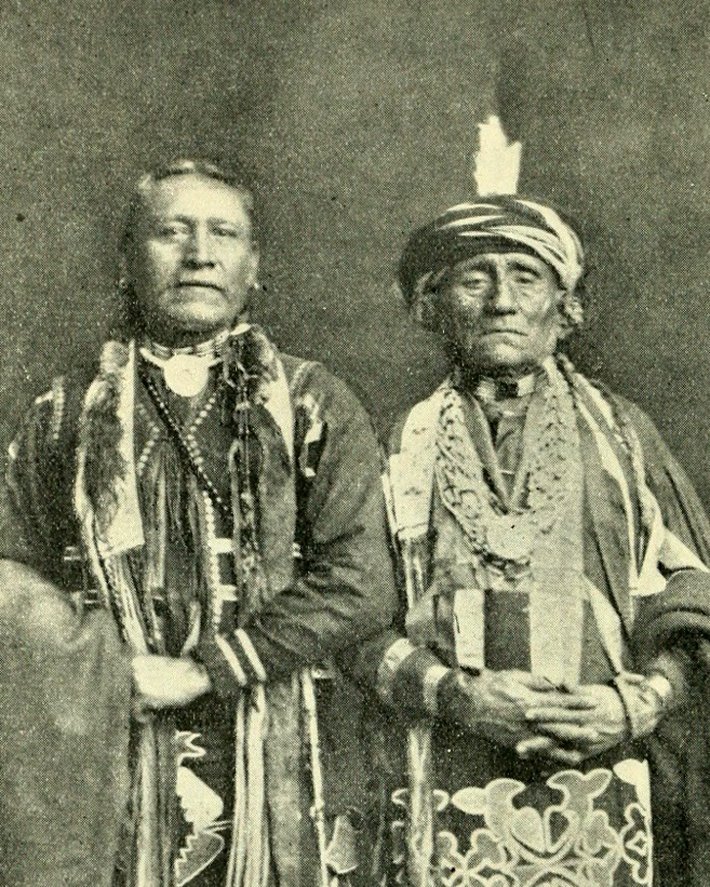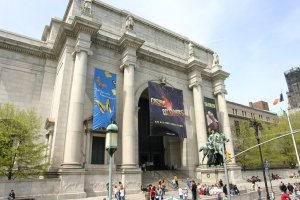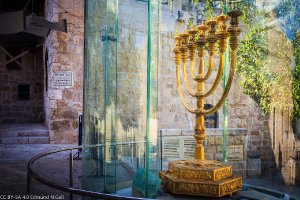When white settlers moved into the territory of the Kaw Nation, they set in motion inequities that robbed the Kaw of their lands and all but ended their existence.

The Kaw, also known as the Kanza or Kansa, occupied some 20 million acres in what is today the state of Kansas. But devious treaties and betrayals beginning in 1825 took their lands, while disease and starvation reduced their numbers from several thousand at the outset to 194 within 16 years of their forced relocation to Oklahoma’s Indian Territory, a full account of which is available on The Kaw Nation website.
Despite the oppression, the nation has fought for its rights and survived and has grown now to more than 3,700 members.
“As the Kaw Nation progresses economically, it also seeks to recover its cultural heritage,” reads a summary of the tribe’s history on their website. “The Kaw language, almost lost with the death of the last of the full-bloods, is being revived through lessons beginning with elementary school children and includes weekly conversational lessons for adults and children available in person at our Kaw City headquarters or on the tribal website.”
And they consider the return of their sacred red rock an important step.
The 23-ton boulder known to the Kaw as In ‘zhúje ‘waxóbe, the sacred red rock, served as the heart of Kaw gatherings, ceremonies, and worship. It was taken from the tribe in 1873 and placed at the joining of the Kansas River and Shunganunga Creek in what is now Topeka.
The town of Lawrence, Kansas, fearing they might lose the massive rock to the city of Topeka, and relocated the sacred red rock to Lawrence city park with a plaque dedicating it to the founders of the city, with no mention of its history and its importance to the Kaw.
In 2020, the Kaw Nation sought to regain this symbol of its heritage. They voted to request the rock be returned to them and moved to Allegawaho Memorial Heritage Park in Council Grove, Kansas, land the tribe reclaimed in 2002.
In early 2021, Lawrence City Council voted unanimously to return the rock to the Kaw Nation along with a long-overdue apology.
A 5-million-dollar grant from the Mellon Foundation will fund the 2 1/2-year project to relocate In ‘zhúje ‘waxóbe to Allegawaho Memorial Heritage Park, and to “build infrastructure at the natural site as directed by the Kanza, and develop interpretive programming there, as well as in Lawrence at what will be the stone’s former site.” The relocation effort is expected to be completed by the spring of 2023.
The return of In ‘zhúje ‘waxóbe to its rightful people is a step toward much-needed justice, restitution and acknowledgment of the rights of Native Americans.
May it be just the beginning of such efforts.
_______________
From its beginnings, the Church of Scientology has recognized that freedom of religion is a fundamental human right. In a world where conflicts are often traceable to intolerance of others’ religious beliefs and practices, the Church has, for more than 50 years, made the preservation of religious liberty an overriding concern.
The Church publishes this blog to help create a better understanding of the freedom of religion and belief and provide news on religious freedom and issues affecting this freedom around the world.
The Founder of the Scientology religion is L. Ron Hubbard and Mr. David Miscavige is the religion’s ecclesiastical leader.
For more information visit the Scientology website or Scientology Network.


